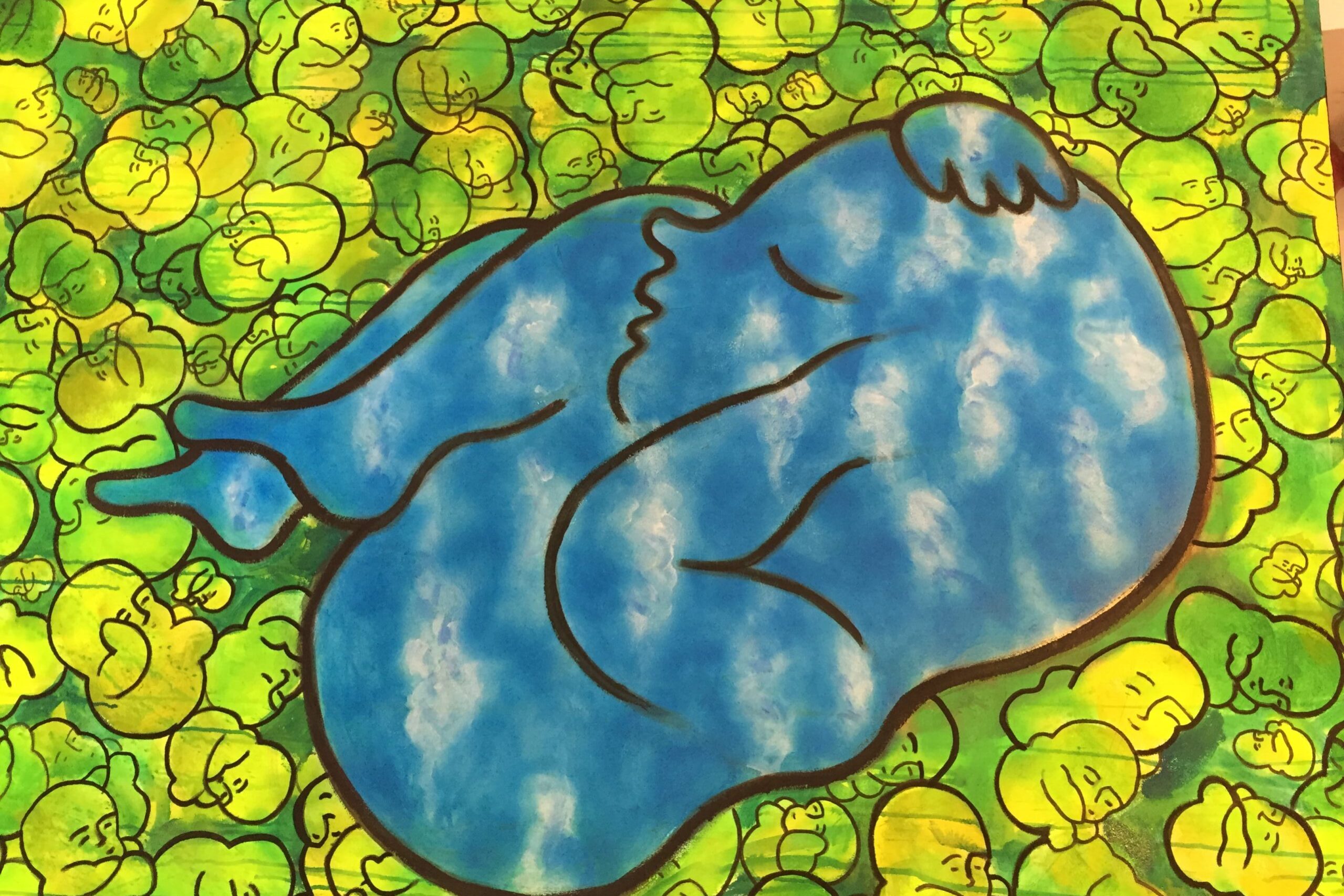 What if I told you there’s a teensy little digital upsell that could skyrocket your year-end fundraising results? Would that be of interest?
What if I told you there’s a teensy little digital upsell that could skyrocket your year-end fundraising results? Would that be of interest?
Darn rootin’-tootin’!
Okay. Here’s something you still have time to do. It has to do with your website, so consider looping in whoever is responsible for that part of your year-end marketing and fundraising strategy.
First, let’s look at a typical Donation Landing Page with a call to action via some compelling text, maybe a photo, and a big, bold “Donate” button. Hopefully you’ve optimized it for mobile too. And, no matter what device your donor uses to access the page, they’re able to complete their gift with no more than two clicks.
Check, check, check, check and check.
You’re well on the way (or not quite) to getting some nice traction for your campaign.
But… don’t stop there!
Because you can significantly boost your results if you add one simple thing.
I like to think of it as “the force.”
It’s not a light saber, but it’s similarly luminous.
It’s called a…
Details




 What if I told you there’s a teensy little digital upsell that could skyrocket your year-end fundraising results? Would that be of interest?
What if I told you there’s a teensy little digital upsell that could skyrocket your year-end fundraising results? Would that be of interest?